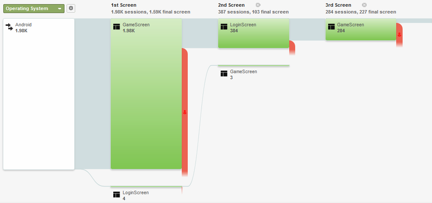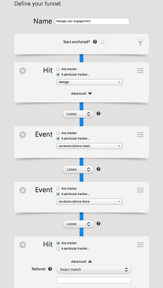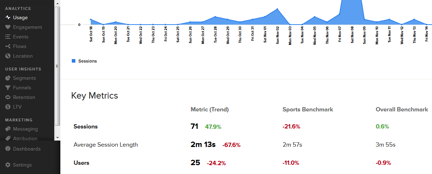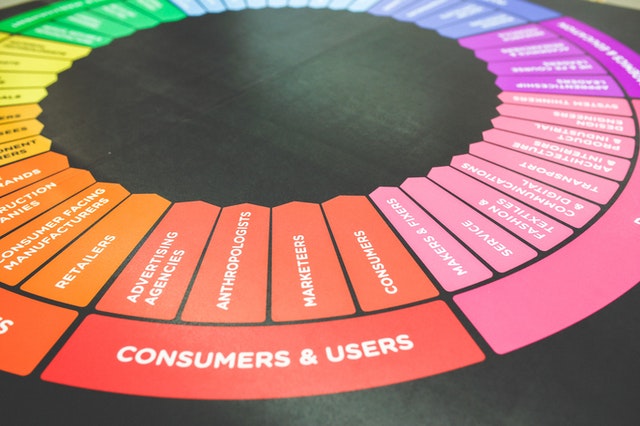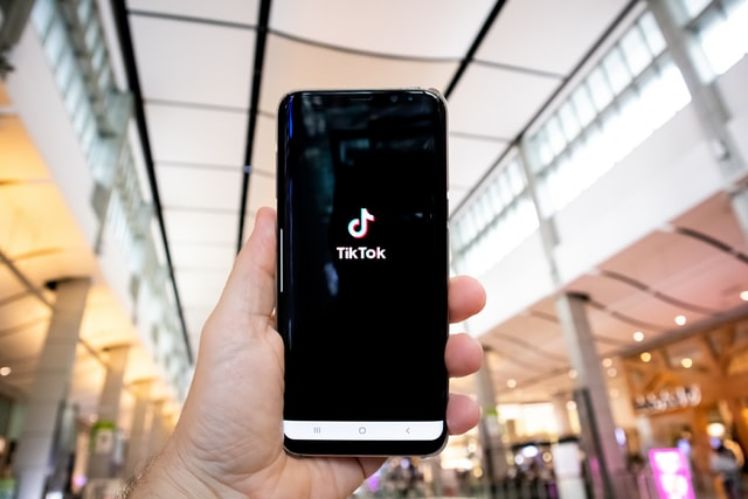After assimilating the reasons pushing us to take advantage of analytics in order to improve our app, optimize your mobile marketing strategy, discover some of the metrics available to us and learning the best way to implement these analytics, we need to examine some of the tools at our disposal.
There are many tools available to analyse our application. And, as always, we will be more interested in using one tool or the other depending on the nature of our app. We will now discuss 3 tools for your mobile marketing strategy that we personally use on a daily basis for most applications and that will surely prove helpful to us, especially for analysing our mobile users:
1. Google Analytics
The main advantage of using Google Analytics to analyse our applications is that it’s a tool that we may probably already know and have used for our website analytics. Google Analytics is a mobile marketing tool that can provide us the following reports:
- Audience: this report will help us target our mobile users on the basis of their demographics, location, behaviour (are they new users or returning users?), device and service provider (Jazztel, Movistar, Vodafone, Telecom…).
- Acquisition: who are these new users? Where do they come from? This information is something we can obtain. Besides, if we have previously launched Google Adwords campaigns, we will be able to see their results in this section and analyse our mobile users to act accordingly.
- Behaviour: this section’s Behaviour Flow report is the tool that will provide us the most information. When monitoring this flow, we may think at first that the initial page on which users land is not attractive enough, not what they were expecting or that there is something wrong with it, because – on average − 80% of mobile users leave an app just after their arrival. This information is very interesting for developers and marketers alike, as it indicates that there is an issue in one of the pages shown to the users.
- Conversions: we can integrate our app with Google Play to analyse user conversions. However, this integration is not possible with iTunes at the moment.
2. Tapstream
This mobile marketing tool specialises in monitoring our app’s downloads, regardless of whether they are coming from advertisements or from websites. This makes it an ideal tool if we want to launch a campaign to promote our app and analyse its peak performance.
Besides this, it also allows creating funnels to monitor all events within the application, with the aim of identifying and analysing the behaviour of our mobile users and maximising the value we confer to them.
The following figure illustrates the ease of creating a funnel or process once we’ve identified the major events that we want to analyse.
3. Localytics
Localytics is one of the most comprehensive tools at our disposal. It gives us information on user behaviour within the application and is, in addition, a powerful tool for defining our app’s events and funnels.
The aim of Localytics is allowing us to perform actions based on the data it helps us analyse. It includes − for this reason − a special section that enables us to send messages and assign functions, so we can target according to the data we’ve collected.
Are you using any other tool to analyse your apps? What really matters is finding those that prove useful to us for analysing our applications and taking the best decisions.
Mobile marketing strategy: Mobile User Adquisition
At the beginning of the app era, we didn’t have to make too much of an effort to reach out to our users after having our app developed. The number of downloads started to increase right away, as did our market apprank and our app’s return on investment. It was an era of sheer lust for apps: little effort could result in a large turnover.
Unfortunately this era is over. Today the situation has changed with nearly 3 million applications populating the different markets; we now have to fight for new users. We are currently aware that our potential user will seldom land on our app if we don’t invest part of our budget in mobile acquisition to obtain new users. Sounds familiar, right?
The big advantage is that the rules are not set in stone and your rivals face the same situation as you do. The good news is that you can reach out to your target audience by defining your mobile marketing strategy clearly, implementing the right tactics and making use of the appropriate tools for your app. Nevertheless, we must not forget that mobile user analytics will have to be present in all our campaigns if we want to achieve this.
Shall we tell you a secret? Something interesting is happening regarding apps. At first, we were only interested in downloads. The main focus was set on bringing traffic in to obtain these downloads. As we were obtaining more downloads, our app’s apprank increased as well and as a natural result organic downloads were on the rise too. I.e. downloads at ZERO cost!
We also realised that these organic downloads were of a higher quality than those that were incentivised or coming through advertisements. We came to realise as well that obtaining a high volume of downloads was not our ultimate goal but that it was rather a way of increasing our apprank and thereby obtaining high-value downloads.
It’s important to change our minds about this and learn that user acquisition − though expensive − is often NOT a short-term investment but rather a medium-term investment, as more users means improving our apprank. And as a result, our app’s monetisation will be much greater − if such was our strategy.
Knowing this, we recommend you to abstain from carrying out a campaign to acquire users like there was no tomorrow. As mentioned throughout the article, it’s important to define the following: the strategy regarding the channels that we will be addressing, the approach of our ads, the targets we want to reach out to and the budget we are willing to invest − among other aspects.

